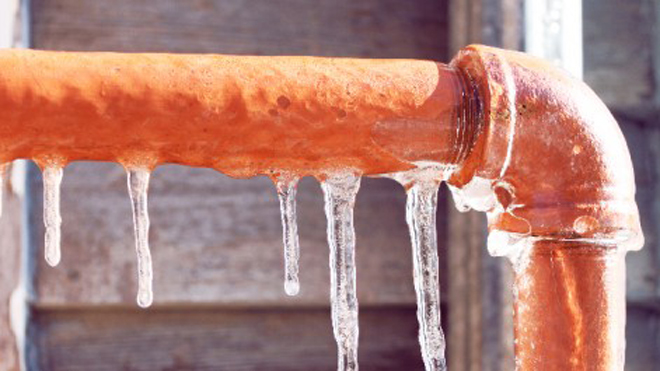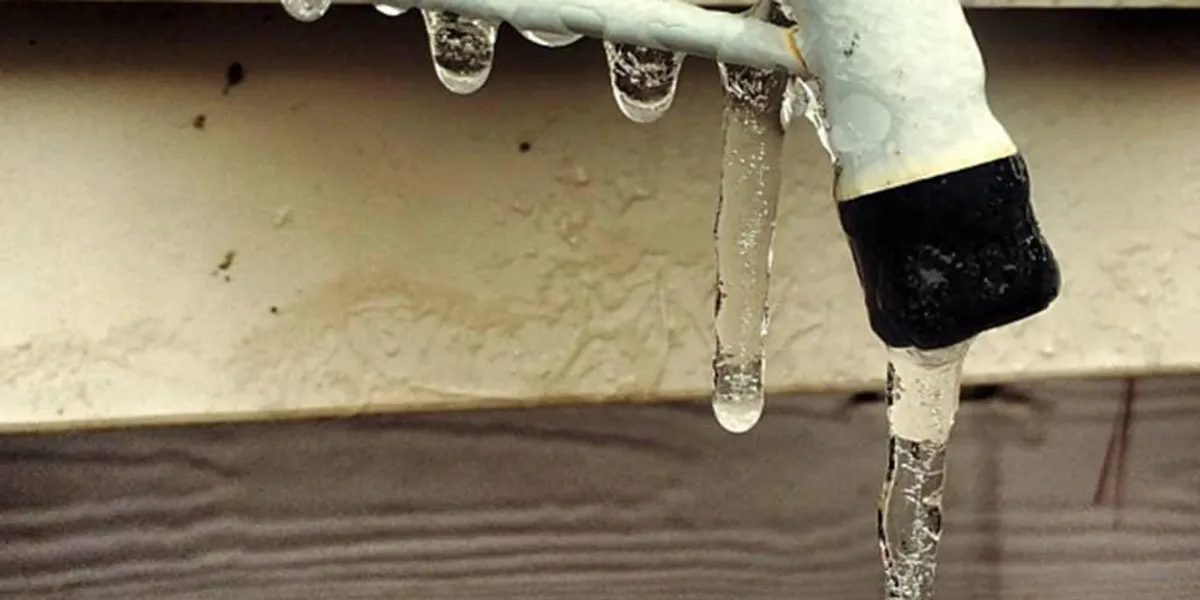Ways to Prevent Frozen Pipes in Cold Weather: Professional Tips
Ways to Prevent Frozen Pipes in Cold Weather: Professional Tips
Blog Article
This great article which follows pertaining to Winter Plumbing Precautions: Preventing Frozen Pipes is rather attention-grabbing. Have a go and make your own personal findings.

Winter can wreak havoc on your plumbing, particularly by freezing pipes. Here's just how to stop it from occurring and what to do if it does.
Intro
As temperature levels decrease, the risk of icy pipelines boosts, possibly bring about costly repair services and water damages. Understanding how to avoid frozen pipelines is important for house owners in cool climates.
Avoidance Tips
Insulating susceptible pipelines
Cover pipelines in insulation sleeves or utilize warmth tape to protect them from freezing temperature levels. Concentrate on pipes in unheated or outside locations of the home.
Home heating methods
Maintain indoor spaces properly heated up, particularly areas with plumbing. Open cabinet doors to enable warm air to circulate around pipes under sinks.
Exactly how to recognize frozen pipes
Seek decreased water circulation from taps, unusual odors or sounds from pipelines, and visible frost on revealed pipelines.
Long-Term Solutions
Structural changes
Take into consideration rerouting pipelines away from outside wall surfaces or unheated areas. Add added insulation to attics, cellars, and crawl spaces.
Updating insulation
Purchase top quality insulation for pipes, attic rooms, and walls. Appropriate insulation aids maintain regular temperature levels and minimizes the danger of frozen pipelines.
Securing Outside Plumbing
Yard tubes and outdoor faucets
Detach and drain pipes garden pipes before winter. Mount frost-proof spigots or cover outdoor faucets with insulated caps.
Understanding Frozen Pipelines
What causes pipelines to freeze?
Pipelines freeze when exposed to temperatures below 32 ° F (0 ° C) for prolonged periods. As water inside the pipelines freezes, it broadens, taxing the pipeline wall surfaces and potentially creating them to rupture.
Risks and damages
Icy pipelines can cause supply of water disruptions, residential property damage, and expensive repair work. Burst pipelines can flooding homes and cause comprehensive structural damage.
Signs of Frozen Water Lines
Recognizing frozen pipelines early can stop them from breaking.
What to Do If Your Pipelines Freeze
Immediate activities to take
If you suspect frozen pipes, maintain faucets open to alleviate pressure as the ice melts. Make use of a hairdryer or towels soaked in hot water to thaw pipes gradually.
Conclusion
Protecting against icy pipelines needs positive actions and fast feedbacks. By understanding the causes, signs, and safety nets, property owners can protect their pipes throughout cold weather.
5 Ways to Prevent Frozen Pipes
Drain Outdoor Faucets and Disconnect Hoses
First, close the shut-off valve that controls the flow of water in the pipe to your outdoor faucet. Then, head outside to disconnect and drain your hose and open the outdoor faucet to allow the water to completely drain out of the line. Turn off the faucet when done. Finally, head back to the shut-off valve and drain the remaining water inside the pipe into a bucket or container. Additionally, if you have a home irrigation system, you should consider hiring an expert to clear the system of water each year.
Insulate Pipes
One of the best and most cost-effective methods for preventing frozen water pipes is to wrap your pipes with insulation. This is especially important for areas in your home that aren’t exposed to heat, such as an attic. We suggest using foam sleeves, which can typically be found at your local hardware store.
Keep Heat Running at 65
Your pipes are located inside your walls, and the temperature there is much colder than the rest of the house. To prevent your pipes from freezing, The Insurance Information Institute suggests that you keep your home heated to at least 65 degrees, even when traveling. You may want to invest in smart devices that can keep an eye on the temperature in your home while you’re away.
Leave Water Dripping
Moving water — even a small trickle — can prevent ice from forming inside your pipes. When freezing temps are imminent, start a drip of water from all faucets that serve exposed pipes. Leaving a few faucets running will also help relieve pressure inside the pipes and help prevent a rupture if the water inside freezes.
Open Cupboard Doors
Warm your kitchen and bathroom pipes by opening cupboards and vanities. You should also leave your interior doors ajar to help warm air circulate evenly throughout your home.

Do you appreciate more info about How to prepare your home plumbing for winter weather? Create a short review further down. We will be glad to hear your thinking about this blog post. We hope that you visit us again in the future. Sharing is caring. You just don't know, you may just be helping someone out. I appreciate reading our article about Preventing and dealing with frozen pipes.
Click Here Report this page